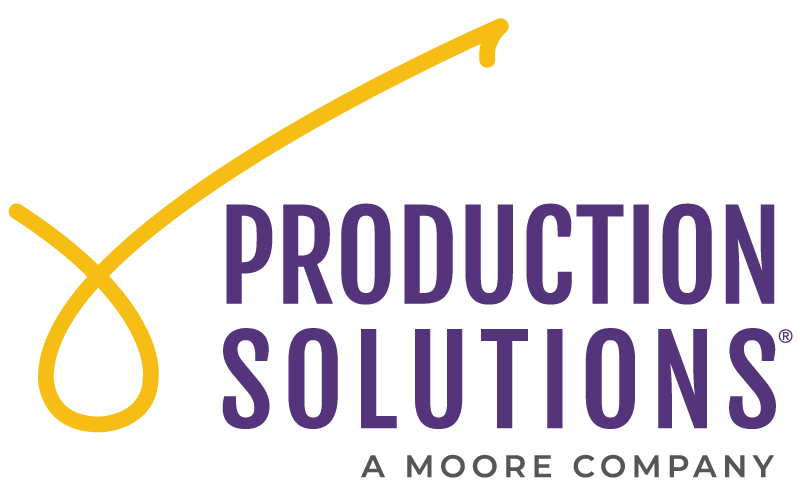Marketing Automation is Almost Here. Is Your Nonprofit Ready?
 Production Solutions
Production Solutions
You’ve probably heard someone throw around the term Marketing Automation (MA). Most likely you nodded, agreed it’s a game-changer, but truthfully weren’t even sure what it was. If you went so far as to Google it, then most likely you really got confused. Frankly, MA isn’t the easiest thing to define. This is because it is both an entire form of communication, as well as a platform for different channels of communication. In other words, MA replaces email, but it turns out that email is also one of the components that makes up marketing automation. Still confused? (Don’t worry, I was too.)
Here’s a quick way to get your head around it – MA takes what a great fundraiser does and automates it. Imagine every potential donor receiving a satisfying, unique experience with your nonprofit as if they were catered to specifically. MA can do this by doing what a fundraiser does – reading their mood to decide what action to take next. After each interaction (whether that’s email, text, or social media) MA gives you the option to use a prospect’s behavior and interactions with your organization (from clicking on emails to visits to the website) to then decide what’s the best way to engage with them next. At its apex MA is the first system that can achieve the dream of providing a true 1:1 experience between nonprofits and prospects.
Today’s systems can’t do this which means:
- Prospects that clicked on an email aren’t treated differently from those that didn’t open it – with MA they can be.
- Prospects that visited several pages on your site aren’t treated differently from people that went straight to the donation page – with MA they can be.
- Prospects that visit your website often aren’t treated differently from people that only engage with you on Facebook – with MA they can be.
Haven’t you always wanted to talk with each of those prospects and donors differently? This is the power of MA – each action a constituent takes, each website visit they make, each social engagement they have can be used to create specific communication pathways.
None of these people interacted with you the same way. Why are you talking to them as if they did?
When nonprofits build email campaigns an assumption is made that we all accept: at best only ¼ of the list will ever go past the subject line. Think of all the time and effort put into creating the emails, donation pages, thank you pages, and confirmation emails. All that effort is for, at most, 2% of your list. A successful email campaign today gives up on 98% of the list. These people have told you they want to engage with your organization, so why do we consider that scenario an overwhelming success? MA’s ability to consider the different choices recipients will make, ahead of time, gives you the opportunity to increase open, click, and action rates dramatically. But remember, MA is only a tool, and you are the fundraiser. Just because you know you should be treating them differently doesn’t mean you will be treating them correctly, which is why testing and adjusting your program is more vital than ever before.
The possibilities of MA are nearly endless, but they can become overwhelming quickly. That’s why it’s essential every ‘workflow’ – the MA term for a campaign – should start small. Unlike the email campaigns of today, workflows can be revised, expanded and enhanced as often as you want. Start small and build from there. After all, when you think about it, the campaigns you are running today are just MA workflows that never branch. With every branch, you create better-defined segments and the chance to refine your messaging accordingly.
MA isn’t just the future of email, it’s the future of all digital communications. In the coming years there will be those that have adopted it, reaping the benefits, and those that have not, wondering what happened. The question is, which will you be?
Ruff, chief digital strategist at The Harrington Agency, will speak on marketing automation at the 2017 Bridge to Integrated Marketing and Fundraising Conference Aug. 2-4 in National Harbor, Md. (near Washington, DC)





